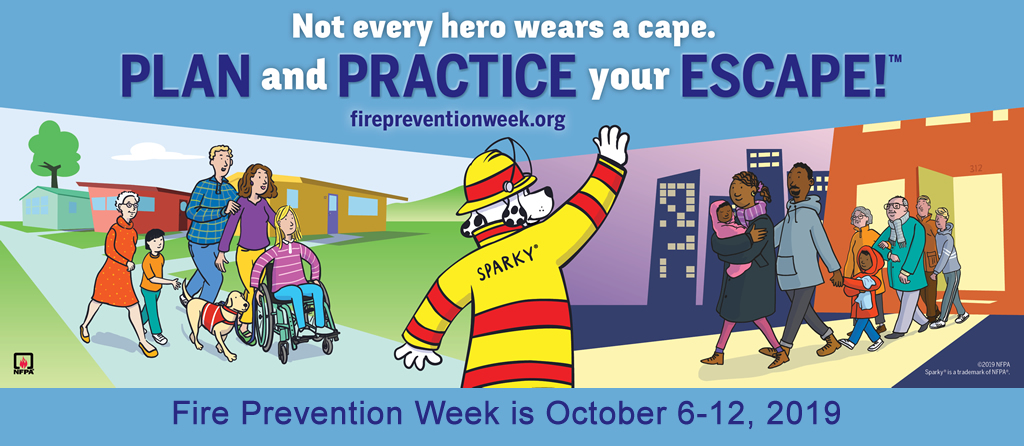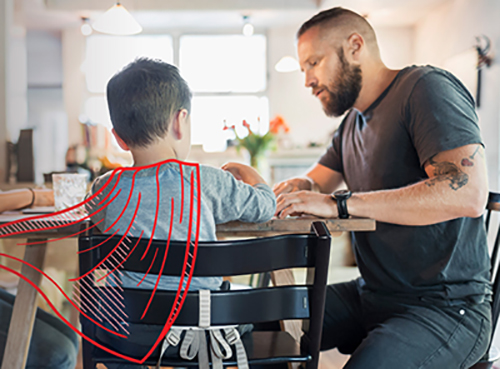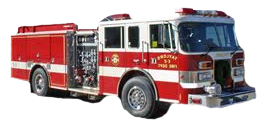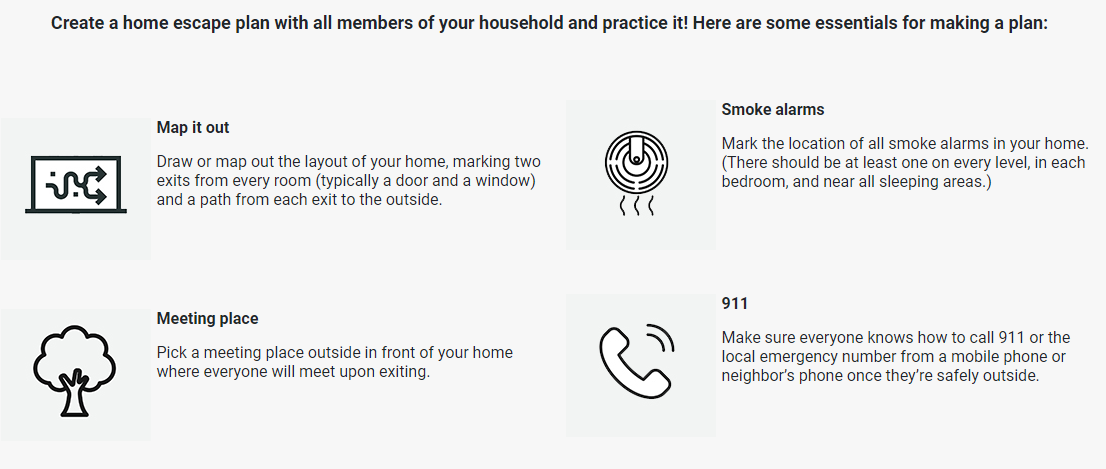

Did you know?
In a typical home fire, you may have as little as one to two minutes to escape safely from the time the smoke alarm sounds. Escape planning and practice can help you make the most of the time you have,giving everyone enough time to get out.
Plan ahead for your escape. Make your home escape plan and practice today.
Fire Escape Plan Grid
Home Fire Escape Planning
- Home fire escape planning and drills are an essential part of fire safety. A home fire escape plan needs to be developed and practiced before a fire strikes.
- A home escape plan should include the following:
- Two exits from every room in the home – usually a door and a window
- Properly installed and working smoke alarms
- A meeting place outside, in front of the home, where everyone will meet after they exit
- A call to 9-1-1 or the local emergency number from a cell phone or a neighbor’s phone
Smoke Alarms
- Smoke alarms detect and alert people to a fire in the early stages. Smoke alarms can mean the difference between life and death in a fire.
- Working smoke alarms cut the risk of dying in a home fire in half.
- Install smoke alarms in every sleeping room, outside each separate sleeping area, and on every level of the home, including the basement.
- Test smoke alarms at least once a month using the test button.
- Make sure everyone in the home understands the sound of the smoke alarm and knows how to respond.
Cooking
- Cooking is the leading cause of home fires and home fire injuries. The leading cause of fires in the kitchen is unattended cooking.
- Stay in the kitchen when you are frying, boiling, grilling, or broiling food.
- If you are simmering, baking, or roasting food, check it regularly and stay in the home.
- Keep anything that can catch fire away from your stovetop.
Heating
- Heating equipment is one of the leading causes of home fires during the winter months.
- Space heaters are the type of equipment most often involved in home heating equipment fires.
- All heaters need space. Keep anything that can burn at least 3 feet (1 meter) away from heating equipment.
- Have a 3-foot (1-meter) “kid-free zone” around open fires and space heaters.
- Purchase and use only portable space heaters listed by a qualified testing laboratory.
- Have a qualified professional install heating equipment.
- Maintain heating equipment and chimneys by having them cleaned and inspected by a qualified professional.
Activities
Fire Prevention Week – Kids coloring sheet
Fire Prevention Week – Choose your outside meeting place
Fire Prevention Week – Word Seek
Fire Prevention Week – Home escape plan grid
Use our grid to help you and your family develop a home fire escape plan.
Fire Prevention Week – Checklist
Caregivers and Older Adults Checklist
You don’t have to be a super sleuth to protect yourself and others from fire. Use the checklist, and take a good look around your home for fire dangers and address the problems.





